Velour fabric, often underappreciated in comparison to its more popular counterpart velvet, possesses a unique charm that captivates fashion enthusiasts and interior designers alike. In this article, we'll delve into the intricacies of velour fabric, exploring its composition, applications, and the delightful advantages it offers.
Table Of Contents
What Is Velour Fabric?
Velour fabric is a velvet-like fabric that is thick, smooth, and luxurious to touch. This fabric is a soft fabric with a loop created by an extra yarn. By snipping the fabric to a good style on one side, the loops give it a glamorous sheen. Velour Fabric is more robust than velvet and preserves many of the attractive qualities of this opulent cloth, making it famous.
Velour is widely used in a variety of garments, including sportswear, eveningwear, and loungewear, thanks to its delicate softness. When velvet is spun, a standard strip of velour is knitted into cloth that does not usually stretch. It is frequently made entirely of cotton. But nowadays most velours are made of 100% polyester, 95% polyester 5% spandex. Weller became famous as a ready-to-wear garment in the 1970s. Previously, velour was widely used for furnishing.
Velour fabric Properties
|
Fabric Name |
Velour |
|
Compositions |
Cotton, Leather, synthetic fibers like polyester and poly/spandex |
|
breathability |
Medium |
|
Heat retention abilities |
Medium |
|
Moisture-wicking abilities |
Varies |
|
Stretchability |
Varies |
|
Prone to bubbling |
Usually low |
|
Washing temperatures |
usually, machine wash cool or cold |
|
Commonly used in |
Dancewear, upholstery, jewelry cases, sweaters, Stage curtains, jackets, shirts, pants, tracksuits |
How is velour fabric made?
A few simple steps are included in the manufacture of velour cloth. Although velour weaving is similar to velvet weaving, it is easier and therefore less expensive.
1. Production of fiber yarn
The procurement of appropriate textile fabrics is the first step in the development of velour cloth. Polyester fibre is used in the majority of velour materials. Textile factories use a range of harmful materials to equip these silicone liquids. Polyester cotton may be cut, but it's mostly made up of dense fibres that look like wool.
2. The pile knit weaving.
Only a particular type of handloom, particularly one that could weave two woven fabrics at the same time, could produce velvet. The invention of Vellore was a direct reaction to the process's timely qualities, which drove up the price of velvet to absurdly high levels. Despite the fact that both velvet and velour are pile-woven materials, velour's particular method is referred to as "pile weaving."
3. Post-weave treatment
The velour fabric is extended to different fields of post-production care after weaving is finished. While polyester or cotton fabrics can dye before weaving, the dyeing process can also do after the fabric finishes. To keep the blaze from accelerating, the polyester velour used for stage screens is usually treated with a flame retardant.
Different types of velour fabric
Cotton velour
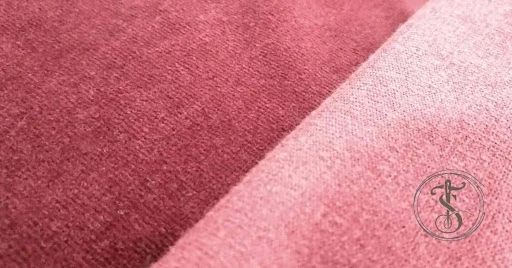
Cotton was used to make all Vellore fabrics in the past. Cotton velour, a less expensive alternative to silk velvet, had many of the same characteristics as silk velvet. Cotton velour is still mainly used to produce garments or furnishings due to the emergence of synthetic velour.
Synthetic velour
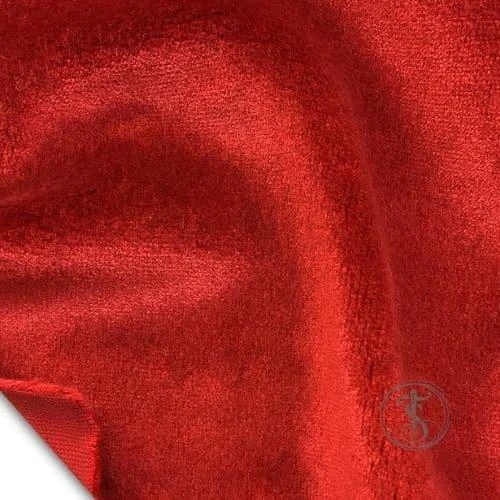
Synthetic velour of polyester or equivalent fiber is less expensive than cotton velour and also looks fine under flame-retardant use, making it an ideal material for stage screens. Some synthetic velours are made of poly/spandex, making them very stretchy. While polyester velour resembles cotton velour in appearance, it is not as smooth to the touch. Although seeing 100 percent polyester velour used as a textile material was uncommon, nowadays, 100% polyester velour is becoming more popular thanks to its soft hand feel and less cost.
Velour leather
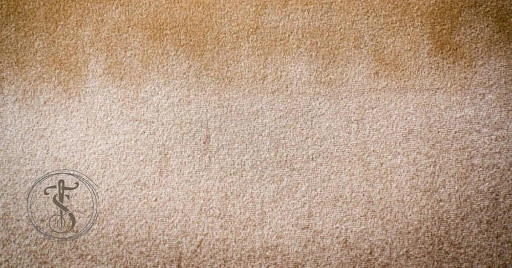
Leather Velour is a type of animal hide textile with a structure similar to that of a chamois or hand. This fragile leather style is widely used to make shoes and watch bands because it is camouflaged with chromium and has a slightly softer top surface. It's also suitable for making leather jackets and upholstery.
How is velour fabric used?
Stage curtains are an everyday use of velour fabric at the moment. Over the last few decades, the use of velour in garments has decreased dramatically. This cloth, on the other hand, is in high demand from theatre companies all over the world. Movie theatres also use velour as a screen boundary factor, and most live theatres have several velour stage screens on hand as backups.
Since velour isn't very common right now, the majority of velour-upholstered furniture is wine or antique. Velour tracksuits, sweaters, tees, dresses, blouses, coats, and jeans are available in the wardrobe department. Velour is also used as lining material on the inside of jewelry boxes in the present era.
Popular Applications of Velour Fabric
- Fashion Industry Dominance: Velour's presence in the fashion industry is noteworthy, with designers incorporating it into clothing pieces that exude elegance and comfort simultaneously.
- Upholstery and Home Decor: Beyond fashion, velour seamlessly integrates into home decor, adorning furniture and accent pieces with a touch of sophistication.
- Sports and Automotive Uses: Velour's durability and tactile appeal make it a popular choice in sports apparel and automotive interiors, contributing to a sense of luxury.
Are interested to know Velvet VS Velour Read More the 6 Key Differences





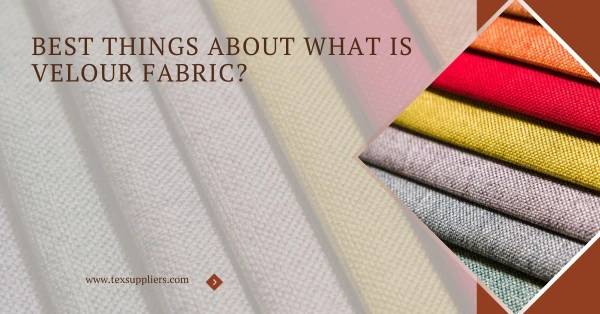
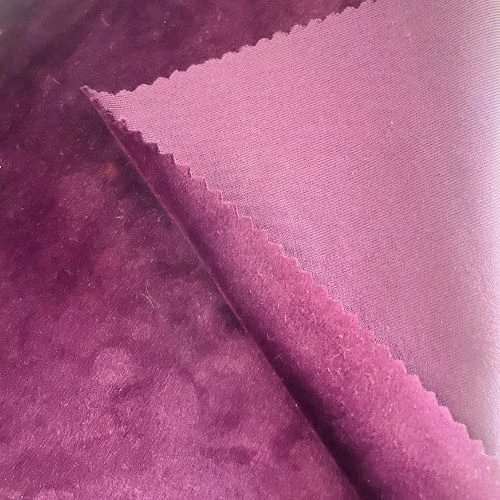
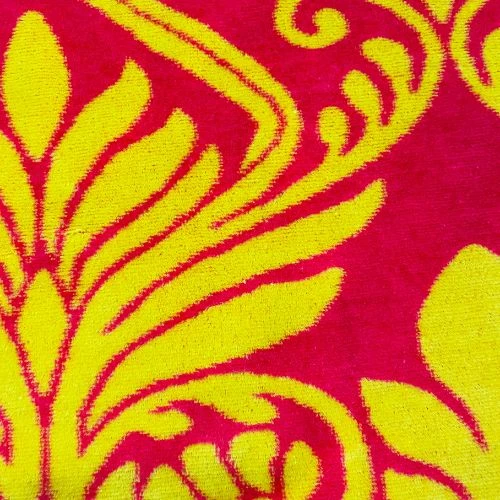
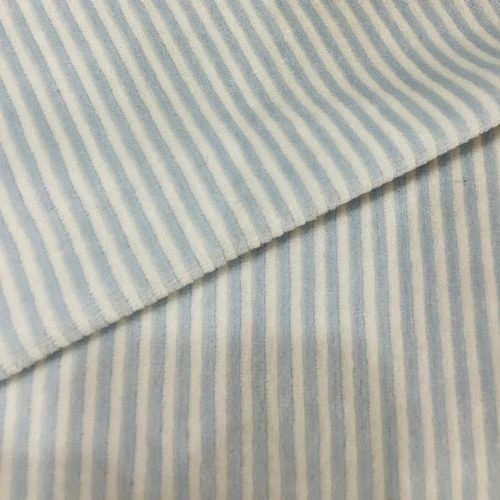
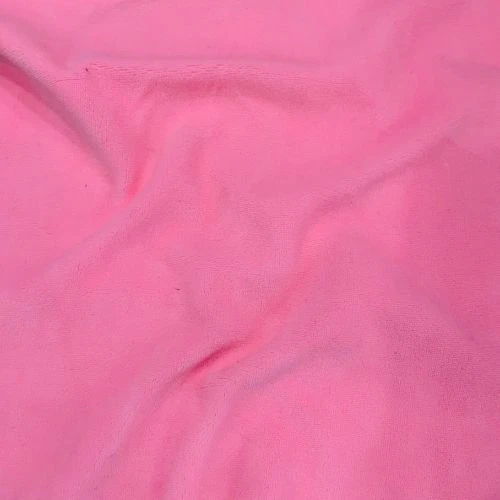
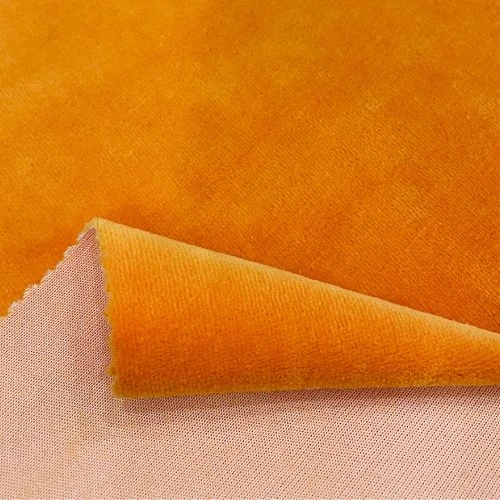





Comments - 00
Leave A Reply
Thanks for choosing to leave a comment.